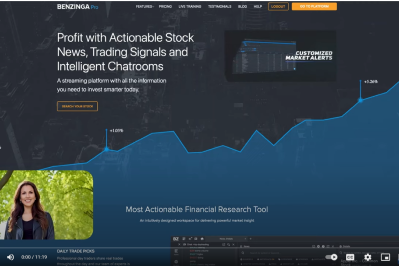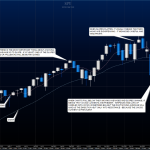Traders often have a tough time in determining where to place their stops and Anne-Marie Baiynd discusses why she thinks it should be determined by stop-specific criteria.
The answer is not that simple; it’s a little bit more convoluted because in the end it’s stock specific. If you have a stock that’s really noisy or it has a high beta, meaning it moves at a faster rate than the broad market, where you set the stops is really going to be dependent on how much the stock moves.
If I’m trading a utility with a beta of 0.5, meaning that it moves much less than the broad market, I’m going to be able to have a nice tight trade. If I’m looking at a chart that’s really breaking out and all of the sudden it’s just left a really right tight channel and it’s accelerating very quickly, I can look at that range of motion and see that I can save myself also with a tight stop.
Many of us, we structure our trades to go, you know what, I’m only going to lose $300 on this trade but that means I’m going to have to buy X many shares because that just means 75-cent stop without regard to what the stock is. Some stocks you only need a 15-cent loss, some stocks you need a buck fifty, so it’s learning about the instrument that you’re trading with, understanding, hey, if it breaks out here, what’s it most likely to do? How far is it most likely to come back?
One of my favorite things to do is when a stock breaks out, I will look at the candlestick that breaks that relative resistance if we’re going to the north, I’ll look for that, and the length of that candlestick that broke my level, I will look just underneath it at the bottom of its wick, give it a little bit more room, and I will make that the stop, so it really becomes a function of how sharply it broke resistance or how sharply it will break support that holds.
So, you need to make it objective, not just something subjective. You can’t have flat things.



